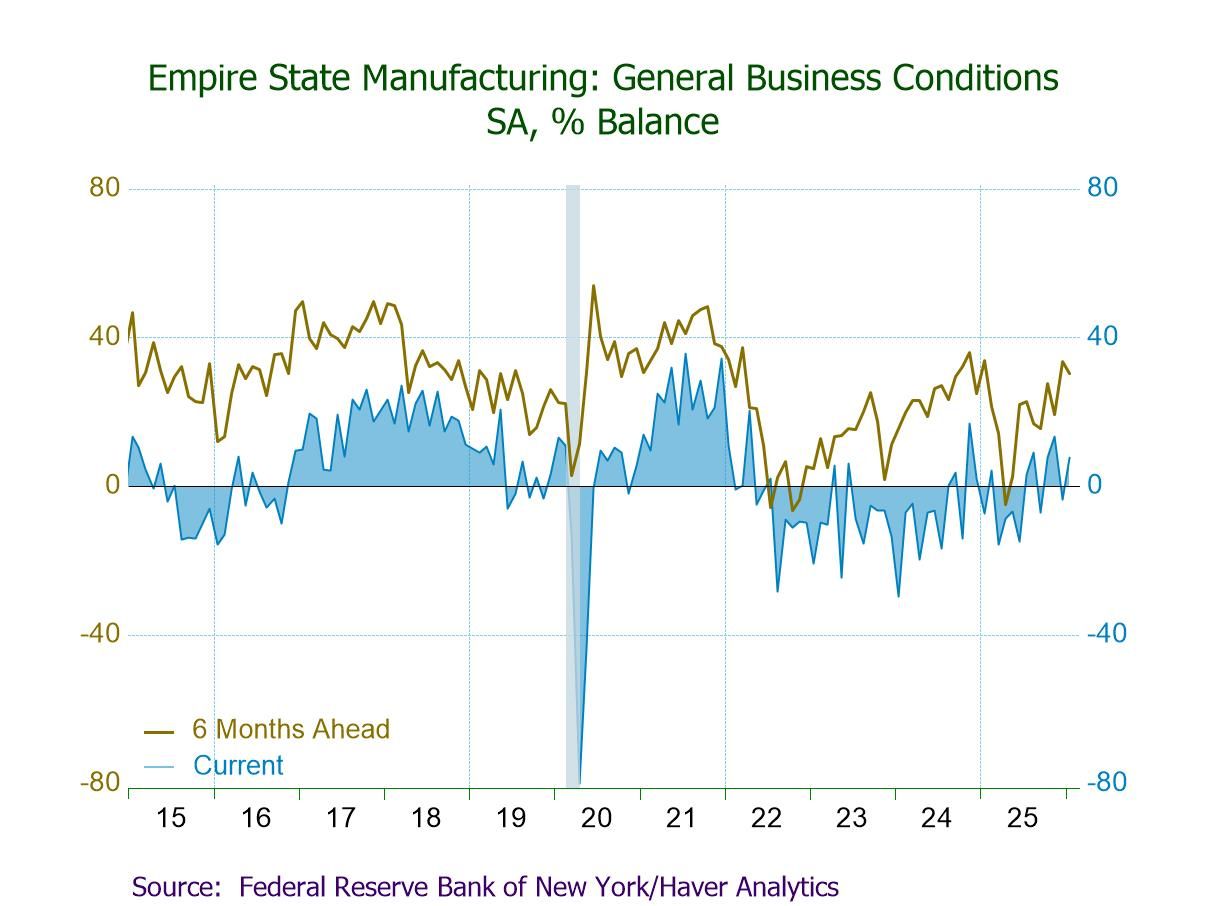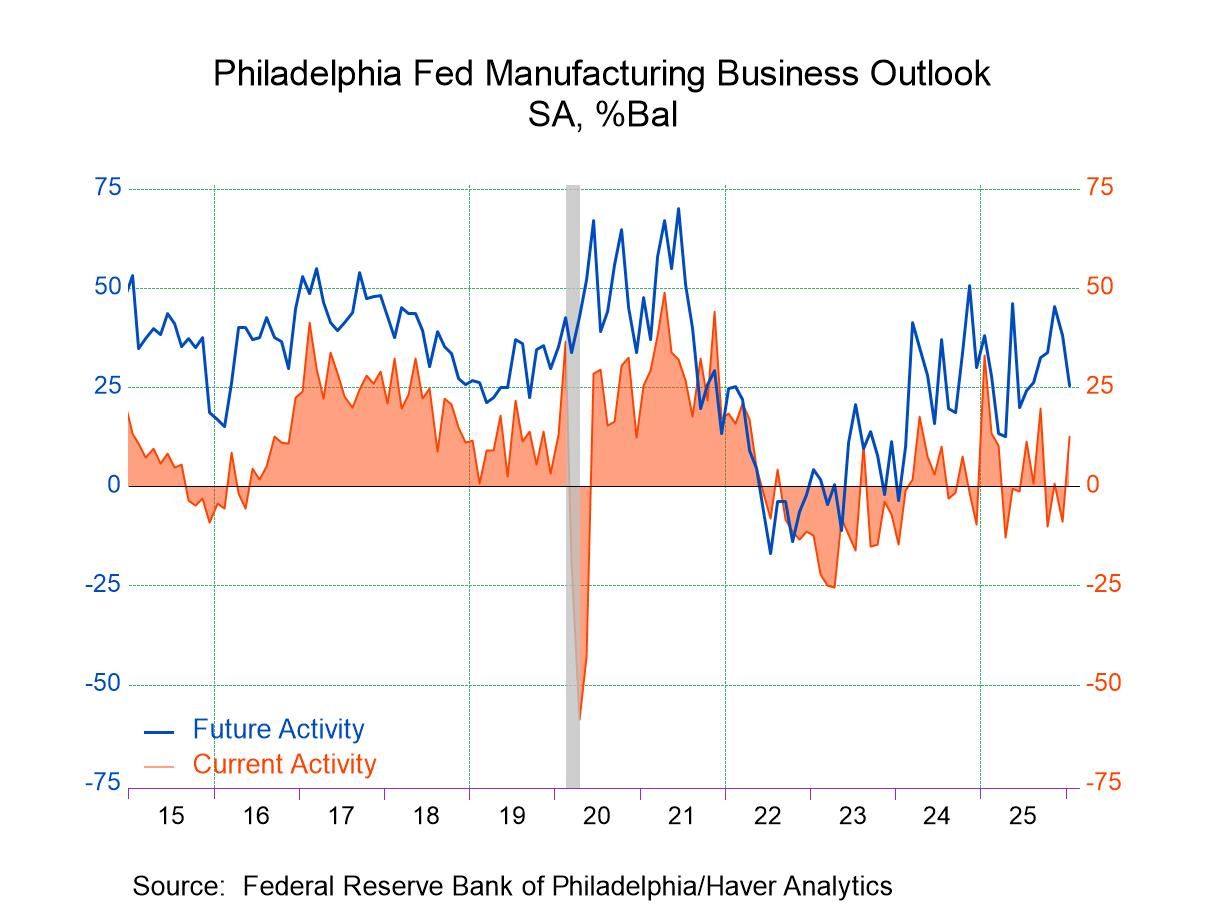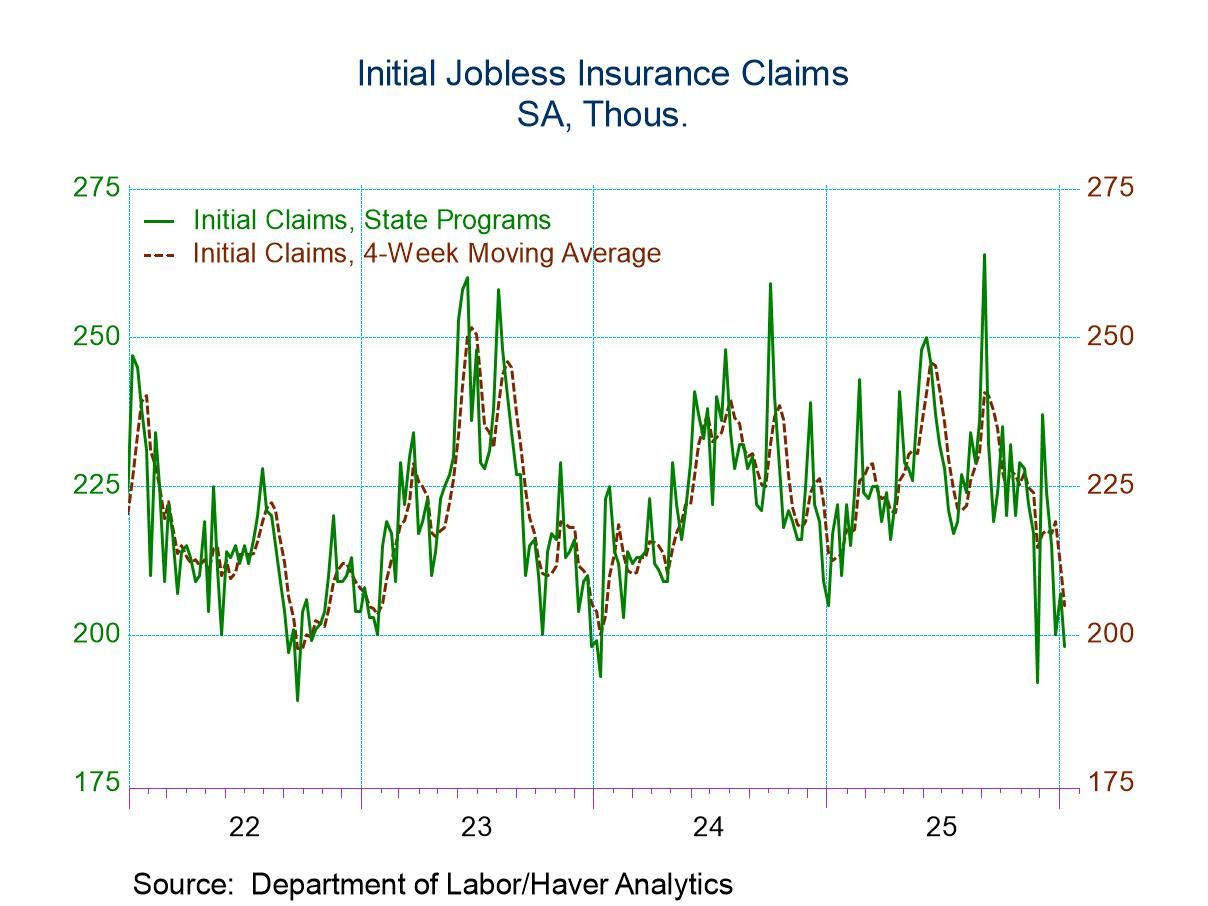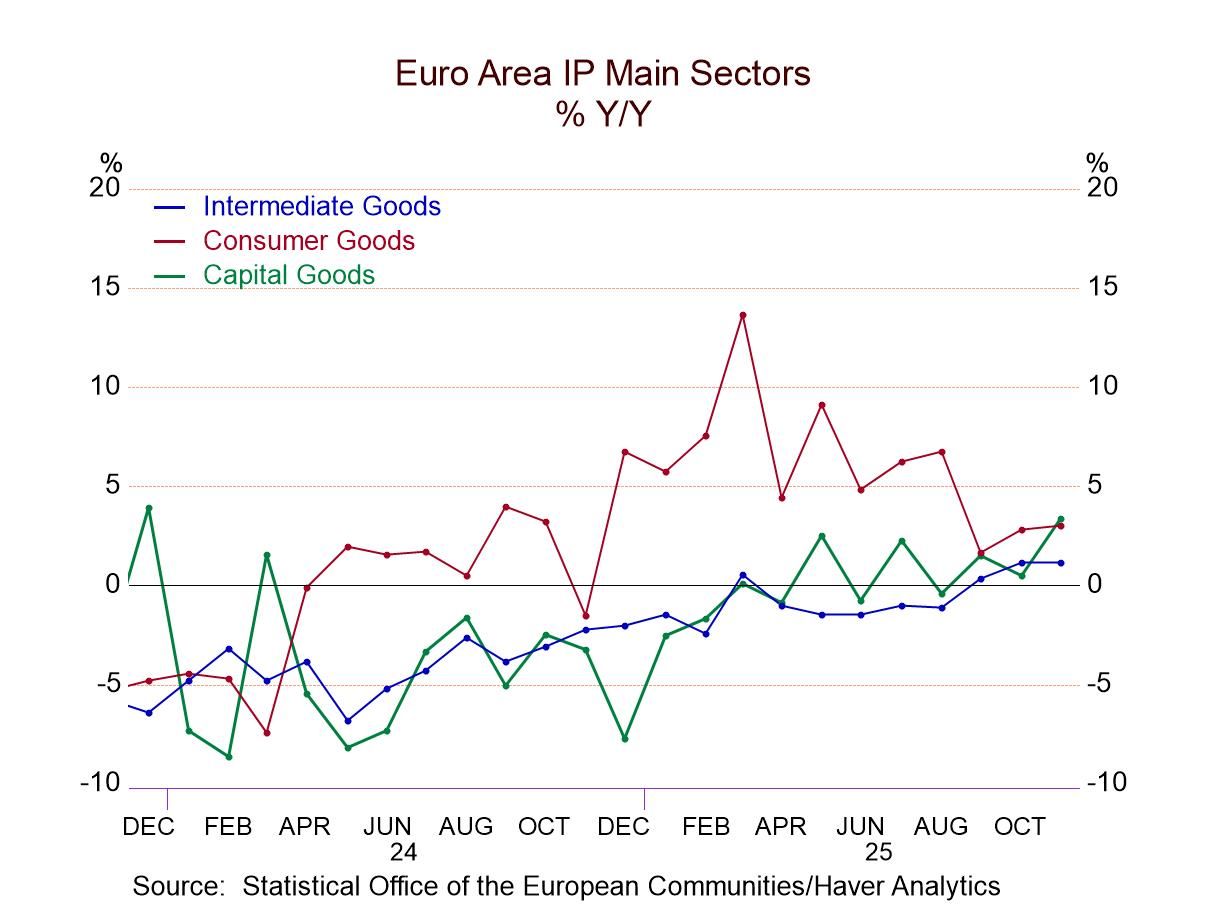 Global| Aug 26 2009
Global| Aug 26 2009U.S. Durable Goods Orders Look To Form Base for Recovery
Summary
Durable goods orders rebounded in July, jumping 4.9%, and June's numbers were revised higher so that the original 2.5% decline is now shown at 1.3%. The major part of the July gain was in nondefense aircraft orders, which more than [...]

Durable goods orders rebounded in July, jumping 4.9%, and June's numbers were revised higher so that the original 2.5% decline is now shown at 1.3%. The major part of the July gain was in nondefense aircraft orders, which more than doubled from their June amount. However, other orders also increased by a total of 1.9%; this subtotal had been virtually flat in May and June.
Most industry groups in this advance report saw orders increase in July, and some sectors that were weak in June saw notable upward revisions. In particular, the computer and communications sectors, which had been mainly responsible for the original June contraction now appear to be performing much better. Computer orders were changed from -1.2% in June to +0.5%, while they did drop back in the July data by 2.8%. Communications equipment, initially with a major decline of 10.8% in June, experienced a revision to just -0.6%, and surged by 9.4% last month.
Among other sectors, only machinery orders fell in July, by 6.6%. By contrast, electrical equipment and appliance orders gained 5.3% and primary metals and fabricated metal products had increases of 2.6% and 2.8%, respectively. "Other" durable goods orders were up 2.4%.
By end-use, orders for nondefense capital goods rose 8.6%, but this was fully accounted for by the big aircraft gain. Other capital goods orders eased by 0.3%.
In last month's commentary on this report, Tom Moeller bemoaned the fact that durable goods shipments were continuing to languish. That may be starting to change. The marginal decline for June reported then is now estimated at +0.7%, with July following with a 2% increase. Computers, semiconductors, motor vehicles and aircraft led the upturn, and several other items also gained. Inventories, however, continue to decline, although the 0.8% July fall is noticeably less than 1.3% average over the first half of 2009. Another still-hesitant indicator is unfilled orders; these edged down 0.1% in July, following nine consecutive declines averaging 1.2%. Thus, the durable goods industries seem to be preparing to break out of their recession. However, those sizable revisions to June's advance data suggest that some skepticism remains in order.
The durable goods figures are available in Haver's USECON database.
| NAICS Classification (%) | July | June | May | Y/Y | 2008 | 2007 | 2006 |
|---|---|---|---|---|---|---|---|
| Durable Goods Orders | 4.9 | 1.3 | -22.8 | -5.8 | 1.4 | 6.2 | |
| Excluding Transportation | 0.8 | |
0.8 | -22.5 | -1.2 | -0.3 | 9.1 |
| Nondefense Capital Goods | 8.6 | 9.1 | -22.9 | -6.8 | 3.5 | 9.4 | |
| Excluding Aircraft | -0.3 | 4.3 | -21.6 | -0.3 | -2.7 | 10.7 |
Carol Stone, CBE
AuthorMore in Author Profile »Carol Stone, CBE came to Haver Analytics in 2003 following more than 35 years as a financial market economist at major Wall Street financial institutions, most especially Merrill Lynch and Nomura Securities. She had broad experience in analysis and forecasting of flow-of-funds accounts, the federal budget and Federal Reserve operations. At Nomura Securities, among other duties, she developed various indicator forecasting tools and edited a daily global publication produced in London and New York for readers in Tokyo. At Haver Analytics, Carol was a member of the Research Department, aiding database managers with research and documentation efforts, as well as posting commentary on select economic reports. In addition, she conducted Ways-of-the-World, a blog on economic issues for an Episcopal-Church-affiliated website, The Geranium Farm. During her career, Carol served as an officer of the Money Marketeers and the Downtown Economists Club. She had a PhD from NYU's Stern School of Business. She lived in Brooklyn, New York, and had a weekend home on Long Island.





